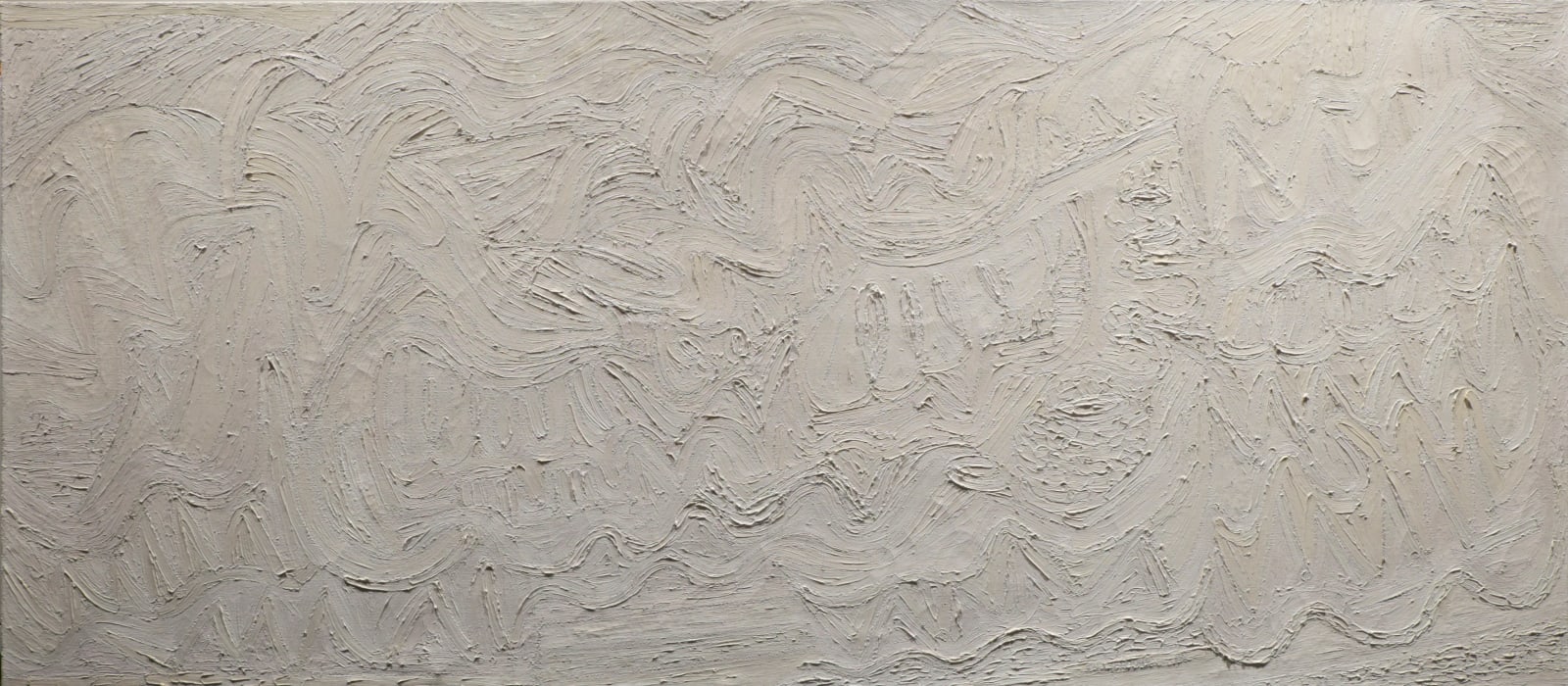Serge Charchoune Russian, 1888-1975
Titled and localized on the back.
Monochrome made its appearance in art history with Malevich's Black Square in 1915. From its origins, to the more recent research of the American (Barnett Newmann, Mark Rothko, Agnès, Martin, Robert Ryman, Ad Reinhardt...) and European (Yves Klein, Groupe Zéro, Piero Manzoni, Lucio Fontana, Roman Opalka...) post-war avant-gardes, monochrome was an artistic process that went beyond simply questioning traditional ways of looking at creation.
Nevertheless, Charchoune remains one of the pioneers of the genre, monochrome being a fil conducteur in his work from 1923 until the finish of his life. "Charchoune, you have nobility, and that should suffire to draw connoisseurs' attention to these crystalline or warm, discreet, melodic and intelligent works. One reaches there only endowed with the double gift combined with parsimony and dispensed by the God of the Arts: strength and finesse. You're a lucky man, Charchoune. I hope that art lovers will be able to understand me in time", said Amédée Ozenfant, theorist of Purisme.
Charchoune painted while listening to music during this period. While the relationship between abstract art and music has been well known since his early work with Frantisek Kupka, the Russian artist nevertheless managed to interpret it in a new way. Rather than focusing on theory, Charchoune lets rhythm dictate the way he paints. Thus, against the white background of the canvas, the work is composed solely of the painter's gesture, the subtle play of light on the texture of the oil. The painter becomes the conductor.
Provenance
Artist's studio, ParisPrivate collection, Paris (acquired directly from the artist)
Exhibitions
Serge Charchoune, Musée des Beaux-Arts de Reims, 1970.Serge Charchoune, Musée National d’art Moderne, Centre National d’Art Contemporain, Charchoune, 7 mai – 21 juin 1971.
